In the Milky Way around a huge star, which is 32 times larger than the Sun, an unusual spiral disk was discovered. It was found by an international team of scientists, ScienceAlert reports. The object is located near the center of the Milky Way, it looks like a spiral galaxy that revolves around a massive star.

The galaxy cannot do this, but the researchers found an explanation for this. So, often when observing young stars, one could notice the so-called protostellar disk. It is made up of gas that fuels the growth of a star so that, after millions of years of evolution, it turns into a bright and large object. But scientists have never seen what they discovered this time.
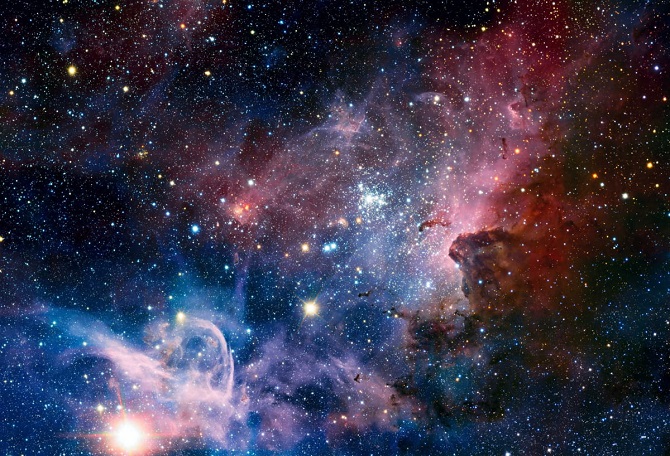
This unusual spiral-shaped object is not a galaxy, it is a strangely shaped protostellar disk. But the star around which the object rotates is located in its center and is located at a distance of 26 thousand light years from Earth. The disk itself is 32 times larger than our Sun and has a diameter of almost 4,000 astronomical units.
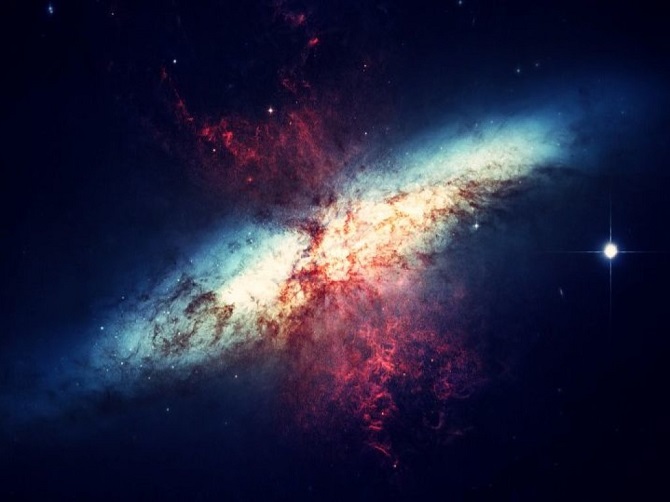
According to scientists, the protostellar disk acquired an unusual spiral shape due to the intervention of a mysterious object. After all, he couldn’t have done it on his own. Most likely, he just collided with some kind of space object. It had to be quite massive, because it affected the movement of dust and gas.

The spiral protostellar disk was spotted with the ALMA telescope. Scientists have obtained the first direct photos near the center of the Milky Way. They found that these disks take on spiral shapes that resemble galaxies as large cosmic bodies interfere with them. And since there are a lot of stars in the center of our galaxy, such events can occur quite often. Therefore, researchers do not exclude the possibility of finding even more such disks.




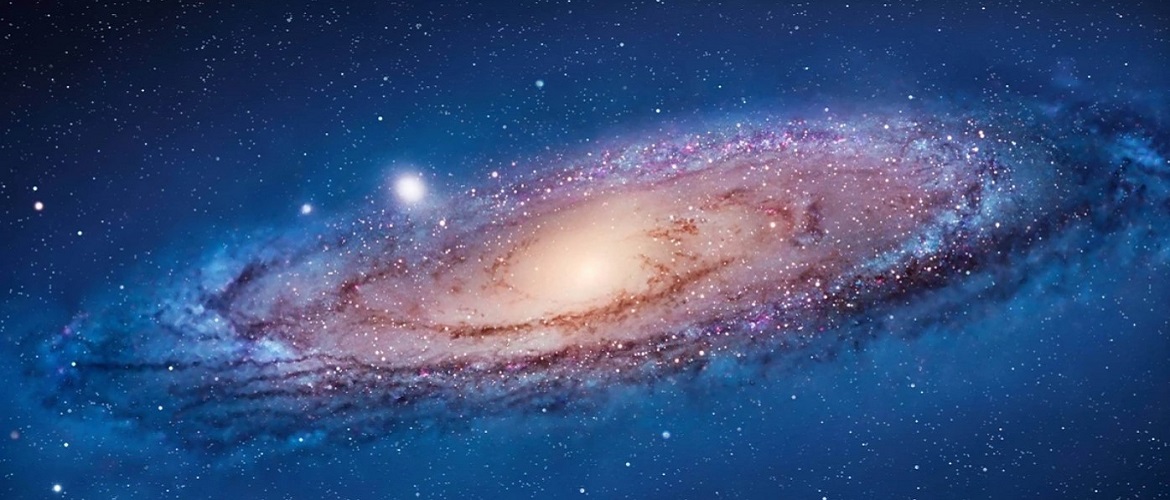
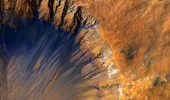
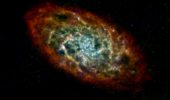
Only registered users can leave comments